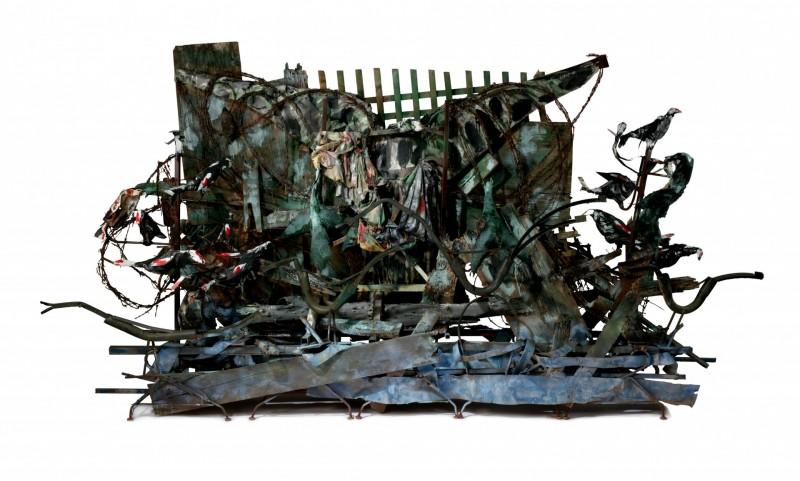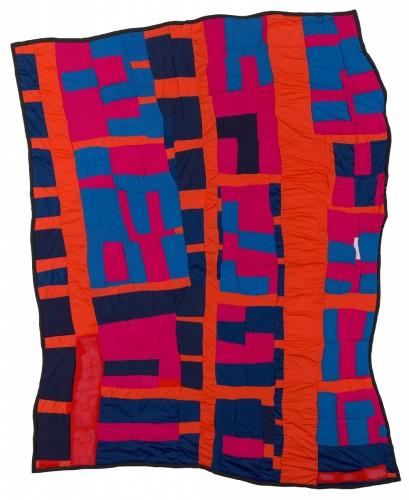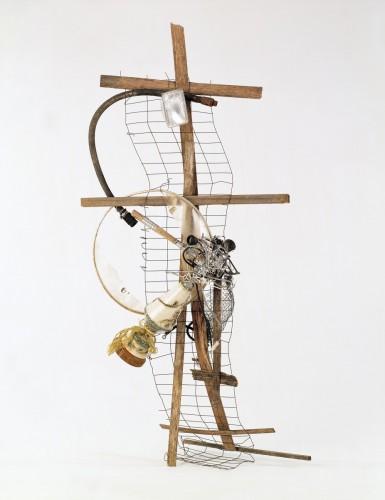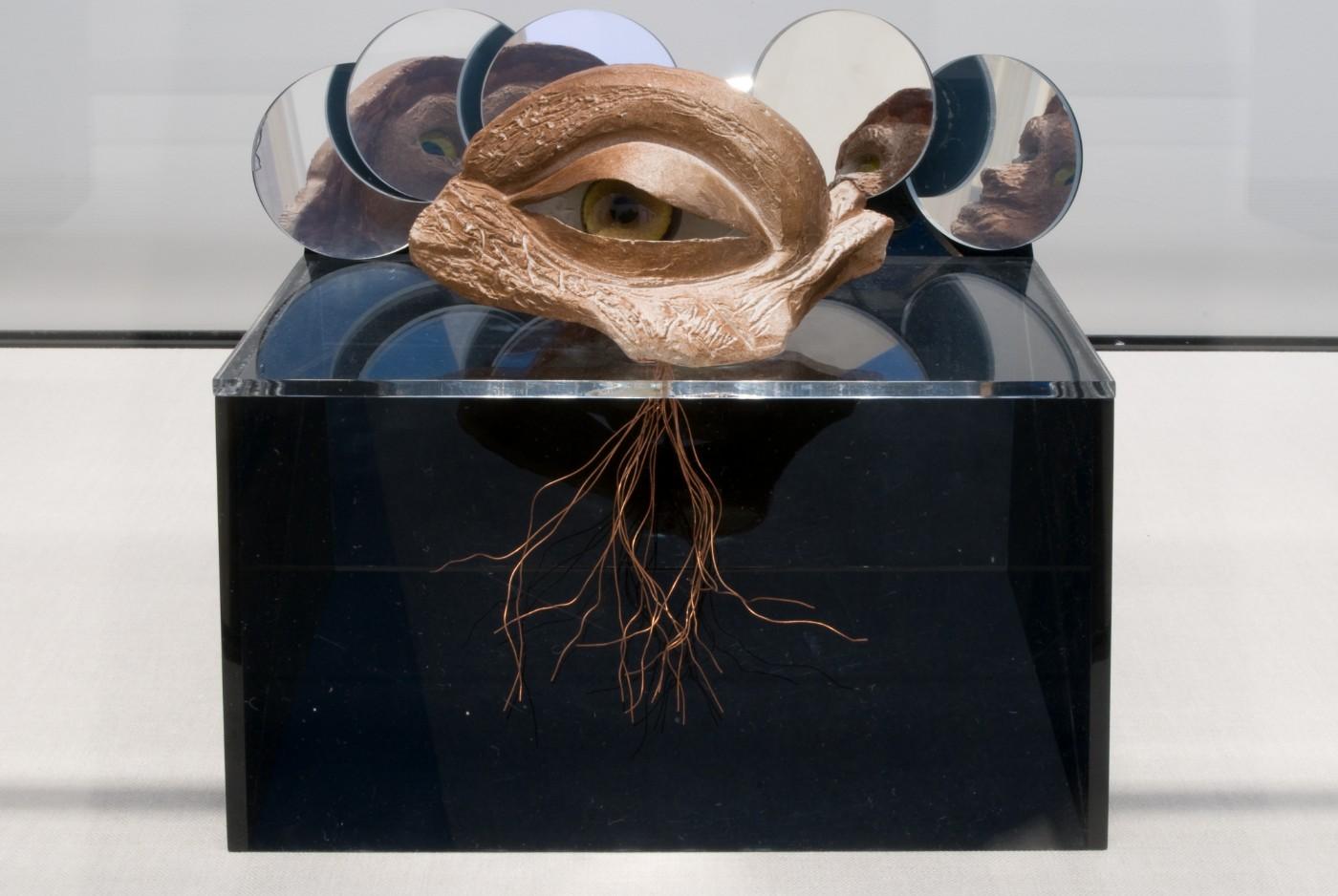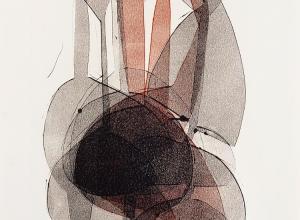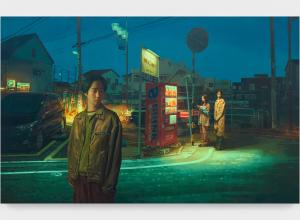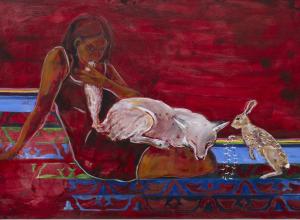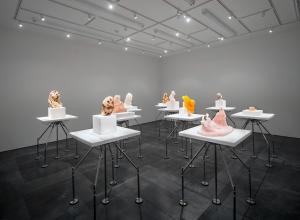While their subjects vary, the individual works featured in Souls Grown Deep are rooted in artistic traditions of the southeastern region of the U.S. and bound up with the personal histories of the artists who made them. Many of these works represent responses to issues such as poverty, oppression, violence, marginalization and racial conflict. The quilts span the period from the 1920s to the early 2000s, while the paintings and sculptures date from 1985 to 2004.
Among the most important works in this acquisition are three by the late Thornton Dial, who lived in Bessemer, Alabama. In the monumentally-scaled The Last Day of Martin Luther King, 1992, the image of a tiger—the artist’s frequent symbol of the struggle for justice endured by African Americans—represents Dr. King. Even grander in scale is High and Wide (Carrying the Rats to the Man), 2002, a scene of a slave ship formed in high relief out of metal, goat hides, barbed wire, and other materials gathered by the artist. In his The Old Water, 2004, Dial depicts birds flocking to a river and doubles as a critique of equal opportunity and government accountability in the U.S.
The exhibition contains two works by Dial’s friend, Lonnie Holley, also from Birmingham. A musician and poet, Holley uses found objects in such pieces as Protecting Myself the Best I can (Weapons by the Door), 1994, an assemblage consisting of a golf club, baseball bats, and a metal pipe. The artist collected these materials from a neighbor who had kept them by her door to protect herself from potential intruders, giving, them new meaning as a monument to the resistance to violence demonstrated by his neighbor and other African American women.
Two works by Dial’s cousin, Ronald Lockett, also from Bessemer, share the theme of racism manifested as violent public spectacle. Smoke-Filled Sky (You can Burn a Man’s House but Not His Dreams), 1990, depicts a house set on fire by the Ku Klux Klan. Lockett made several works about white supremacist violence against black communities. In Timothy, 1995, the artist incorporates metal, tin, wire, paint, and nails on wood to create a grid-like pattern that resembles a quilt. He made this work in response to the attack on a government building that occurred in Oklahoma City earlier that year, naming it after the domestic terrorist.
Represented by one work each are Tennessee artists Hawkins Bolden and Bessie Harvey. Bolden, who was visually impaired, constructed Untitled 1985, out of material collected around his Memphis neighborhood: a headboard, wire fencing, and upholstery. In Jezebel, 1987, Harvey combines tree roots with shells, glitter, beads, and other adornments to depict the biblical queen. The artist believed that by finding human features in twisted roots she was revealing the beauty of God’s creation.




